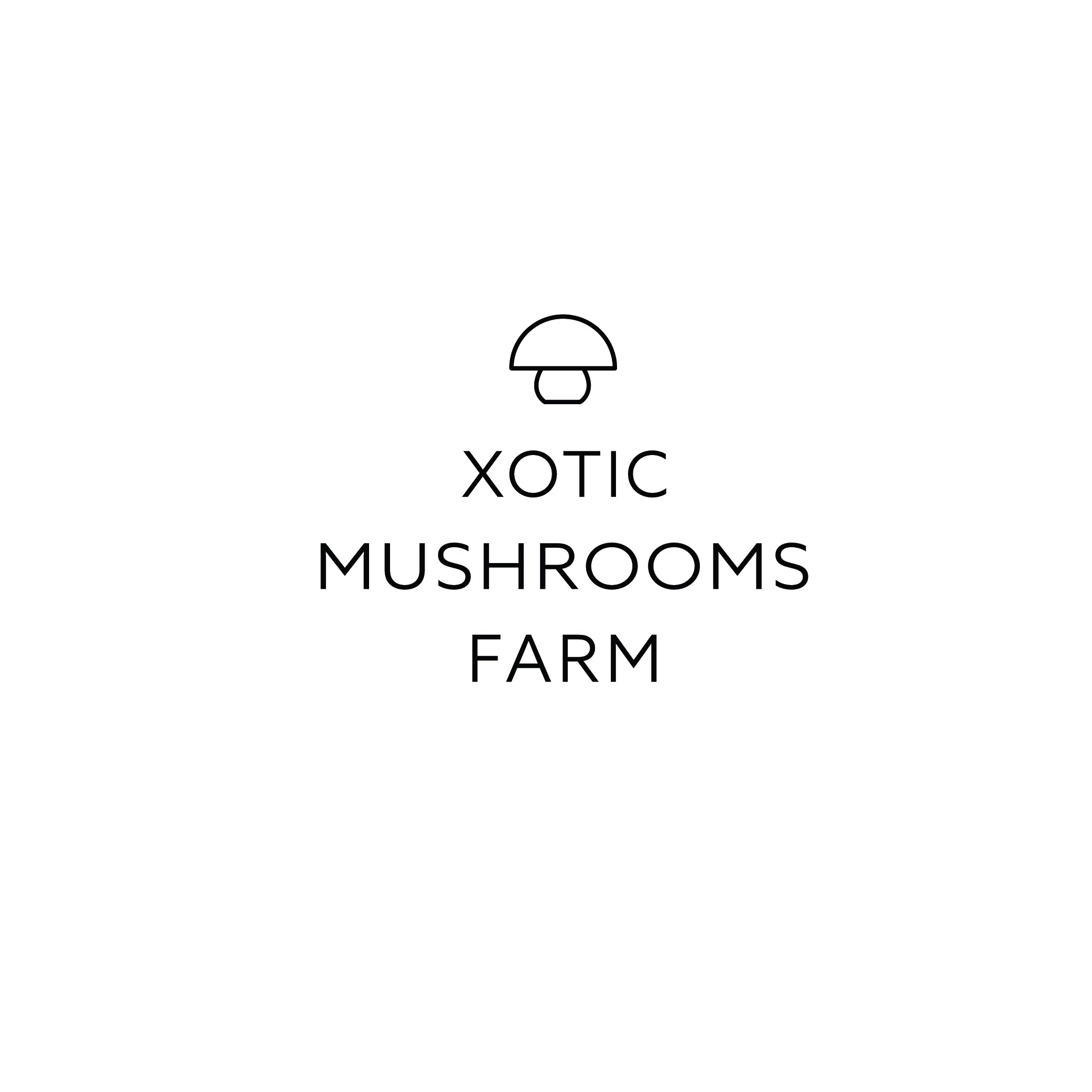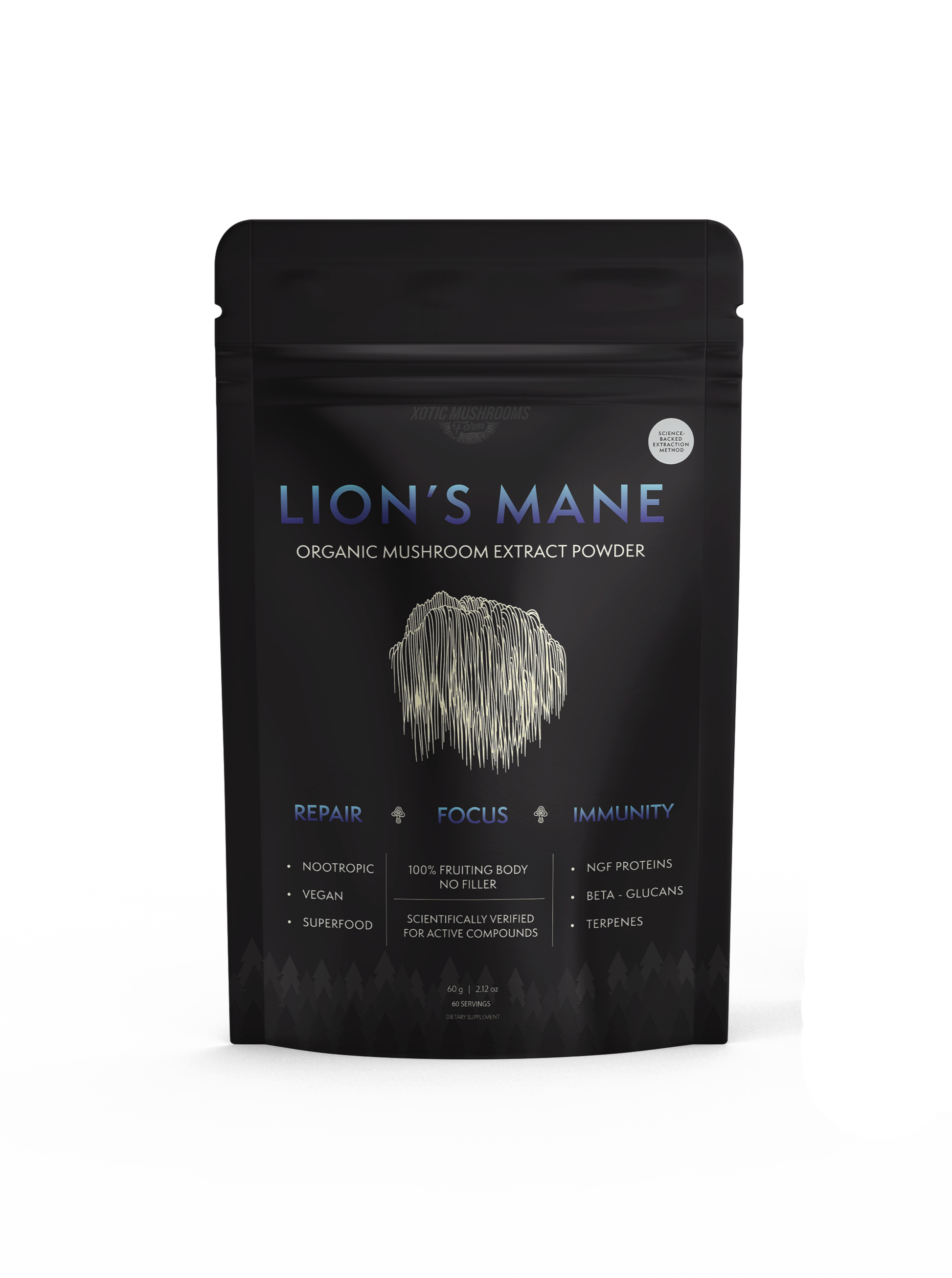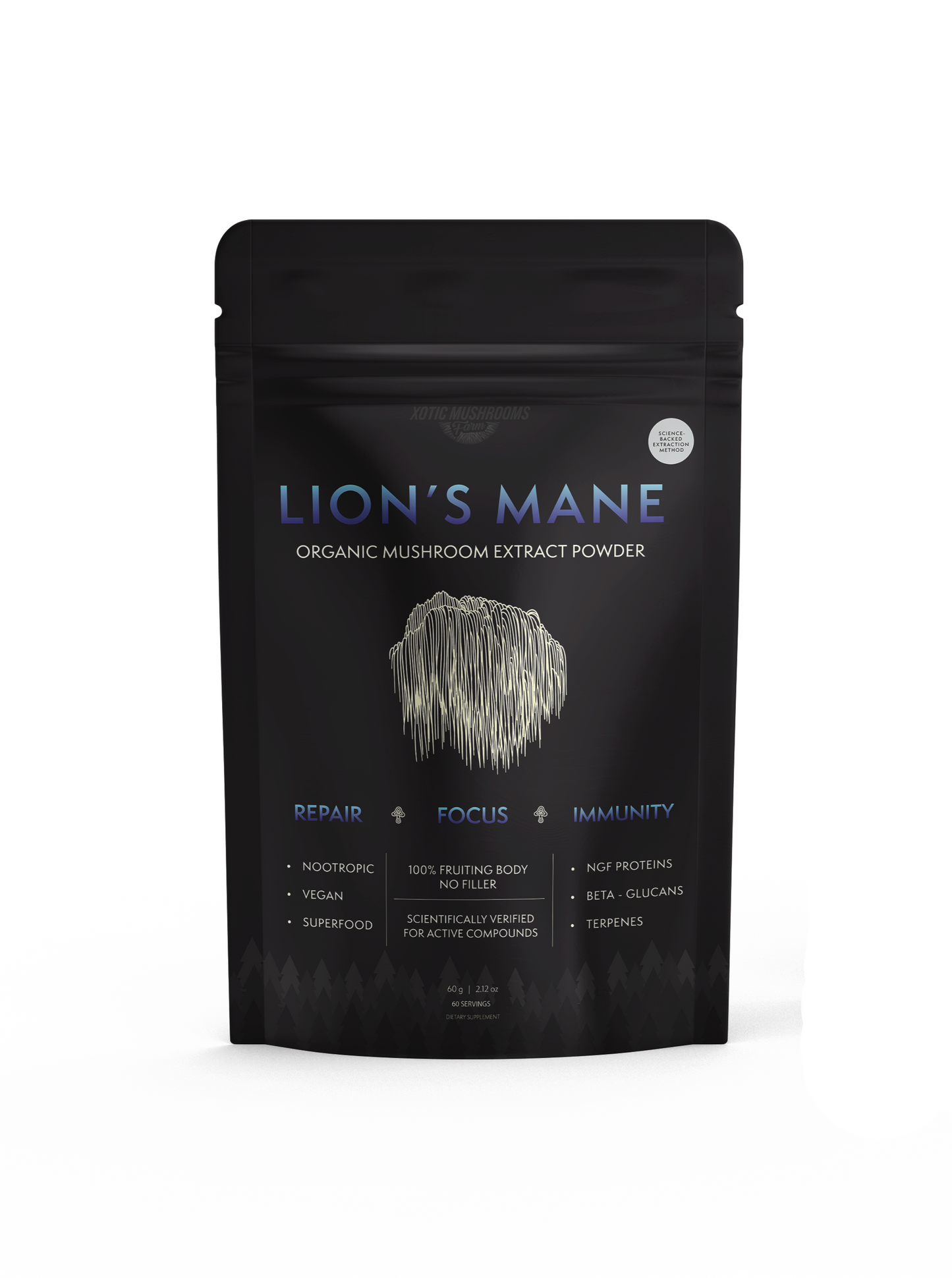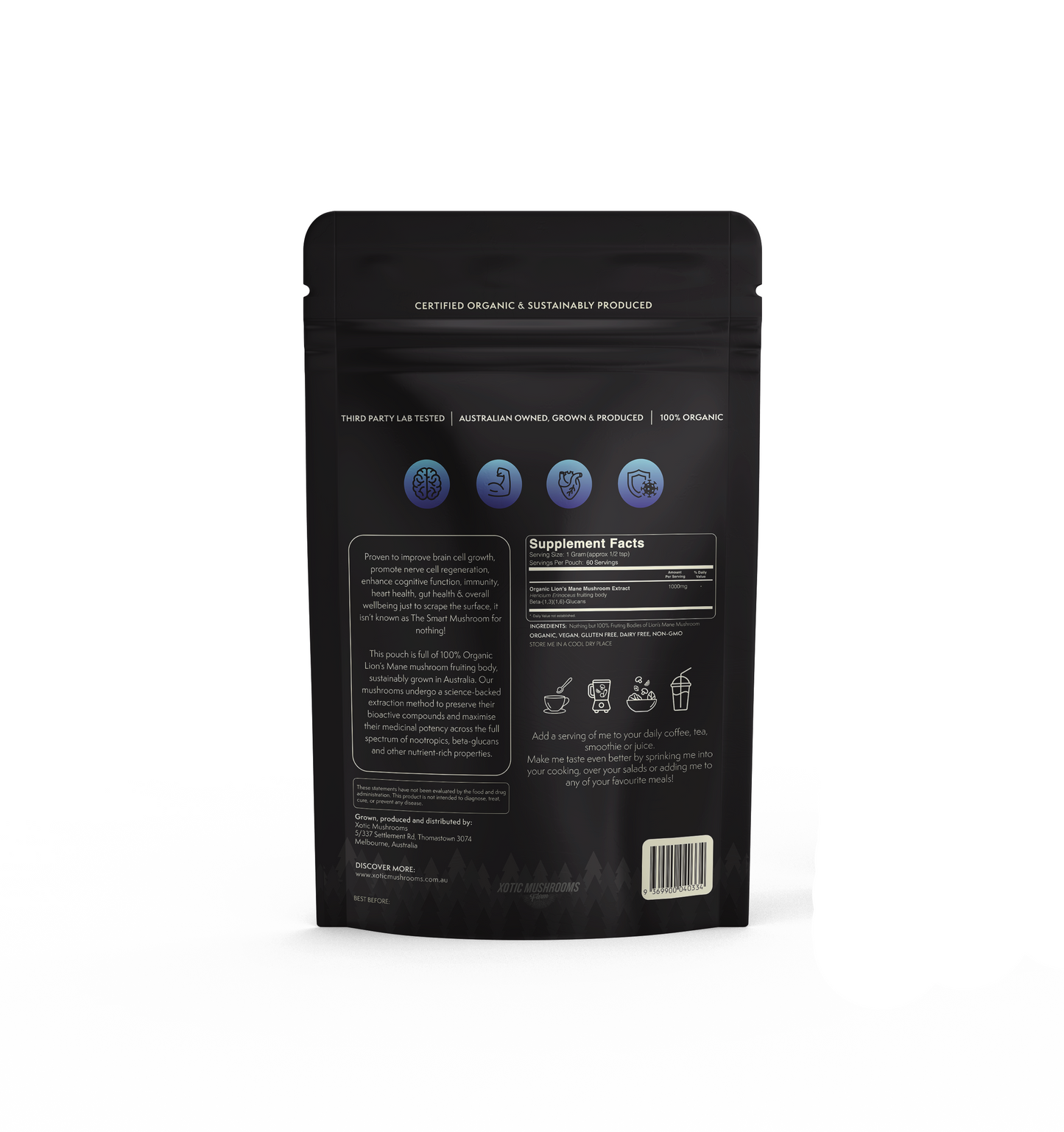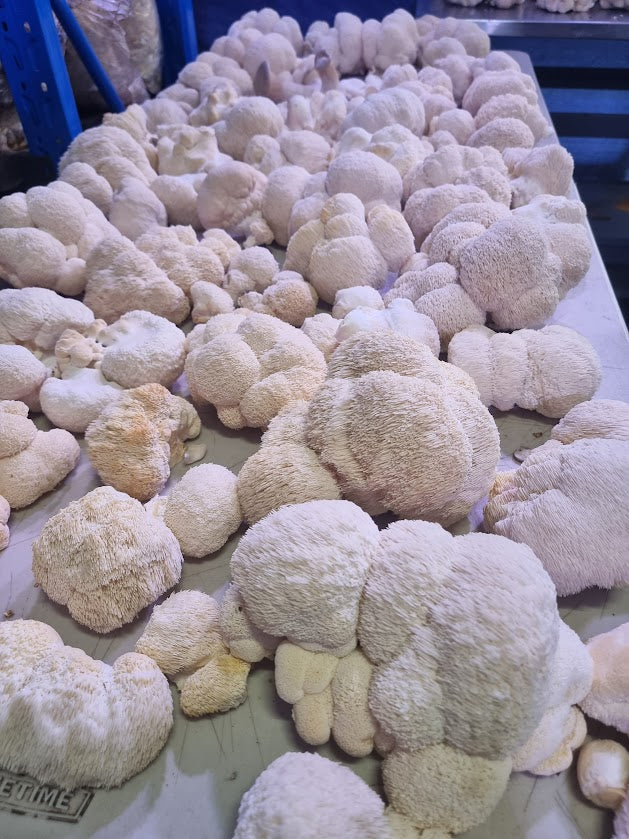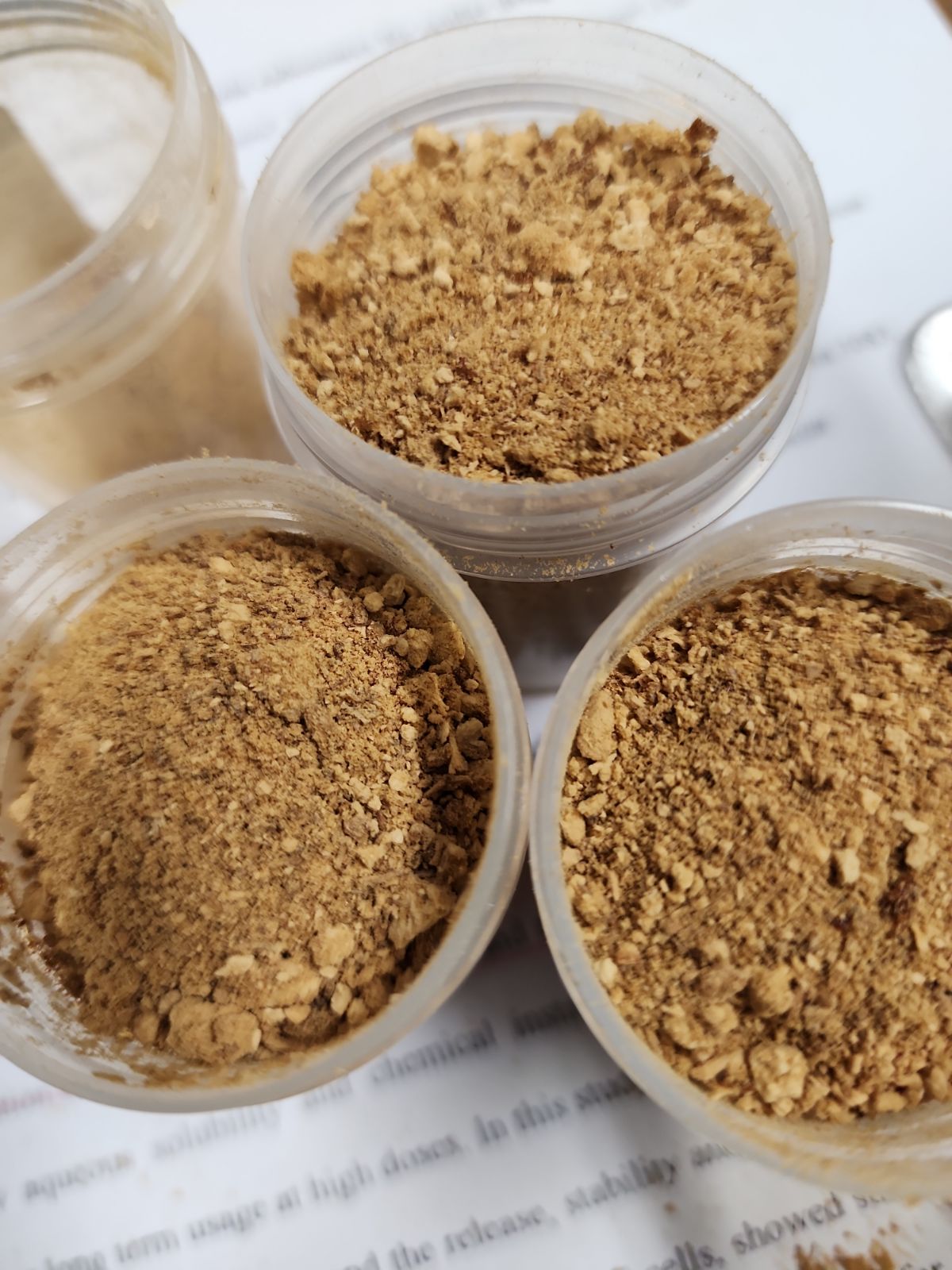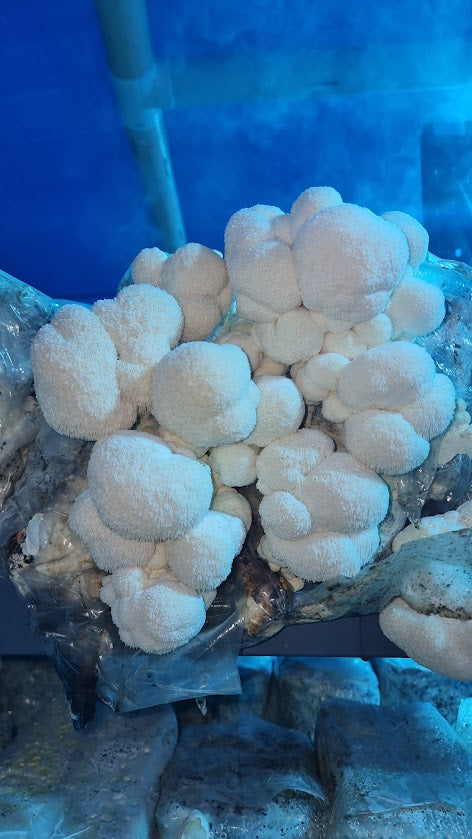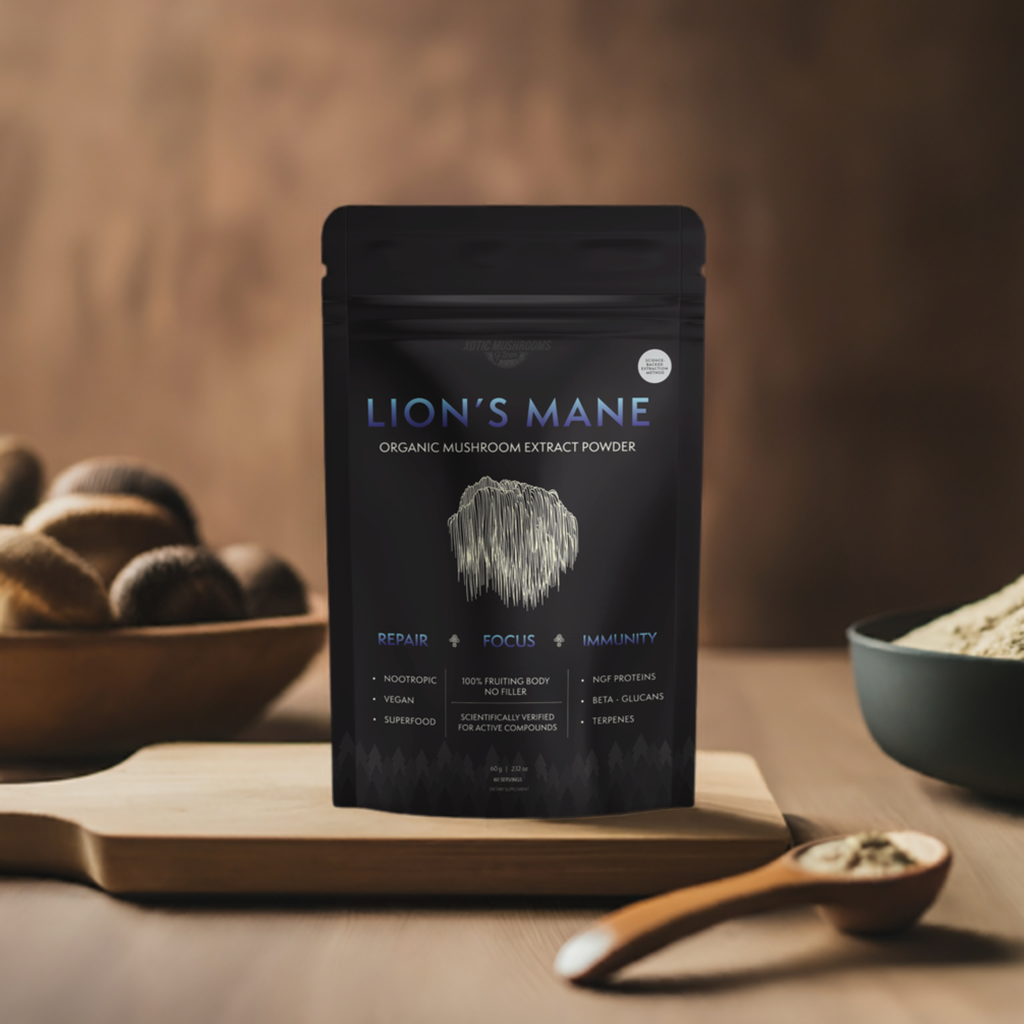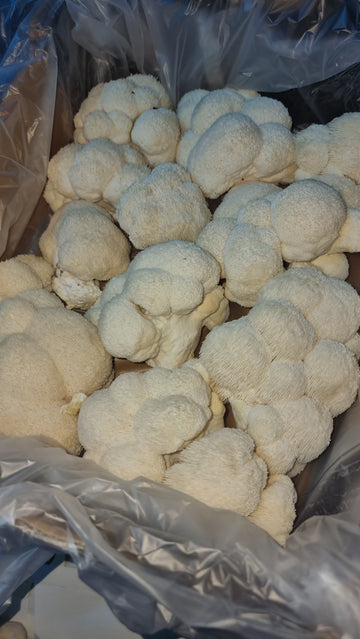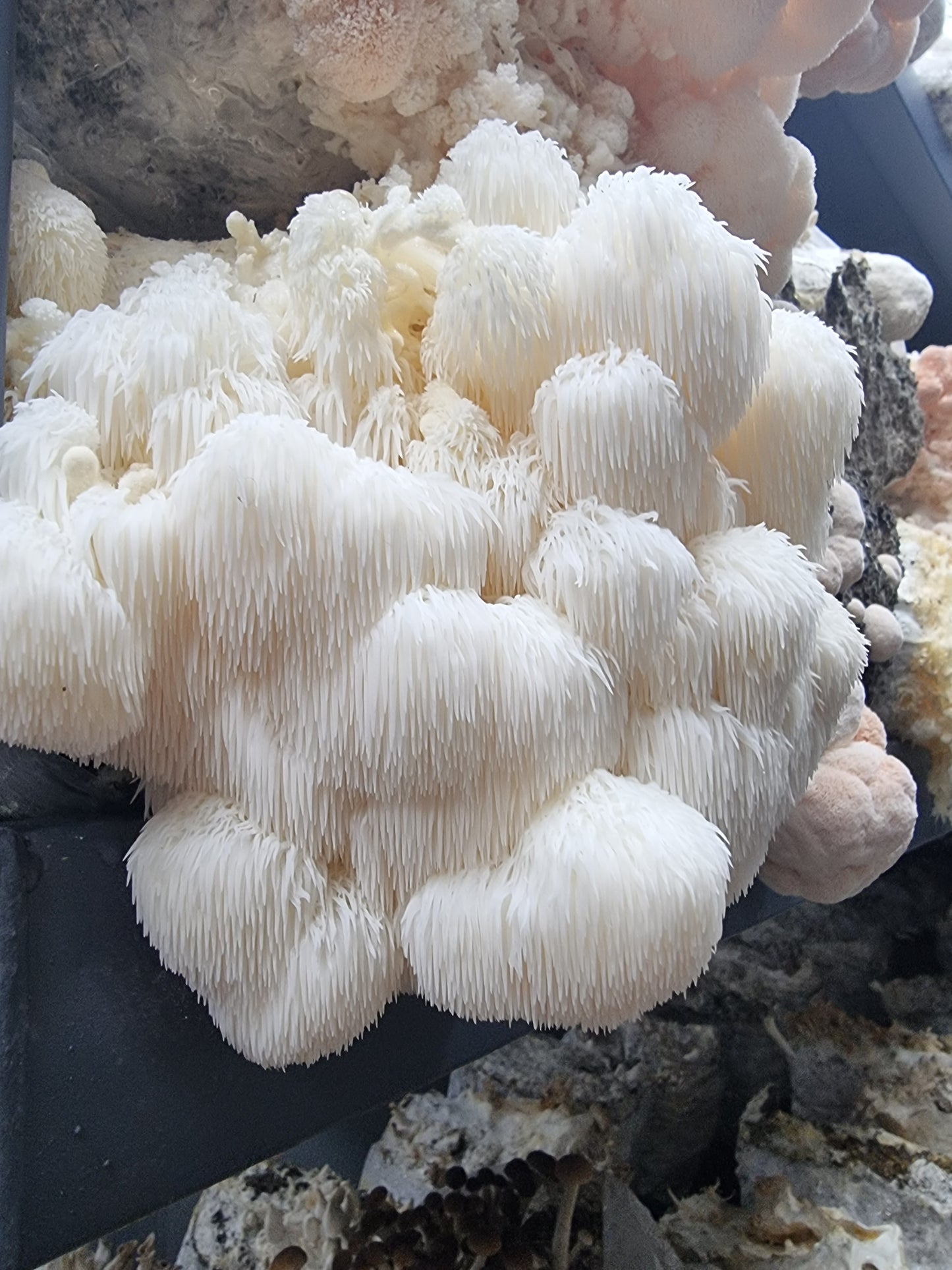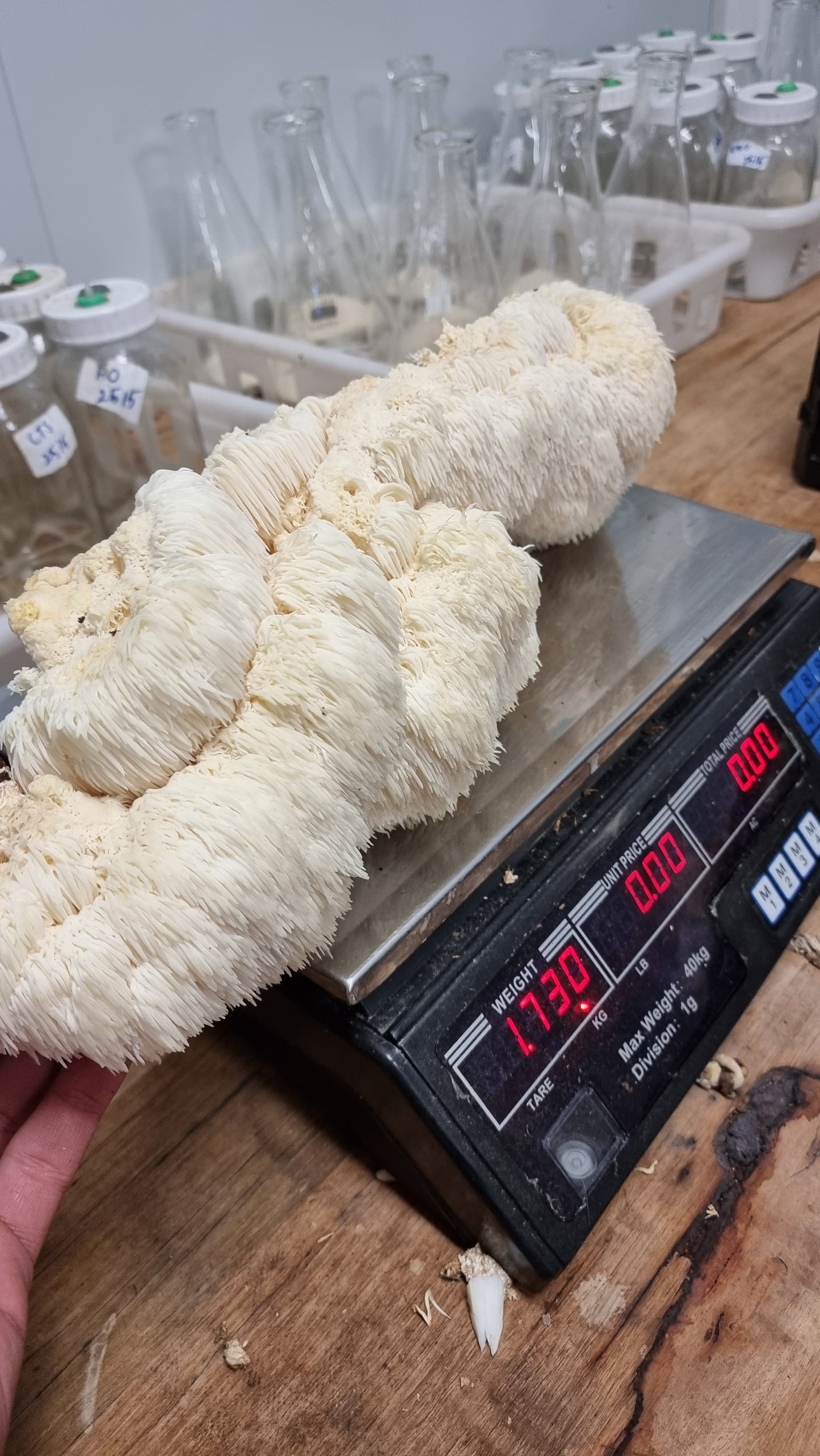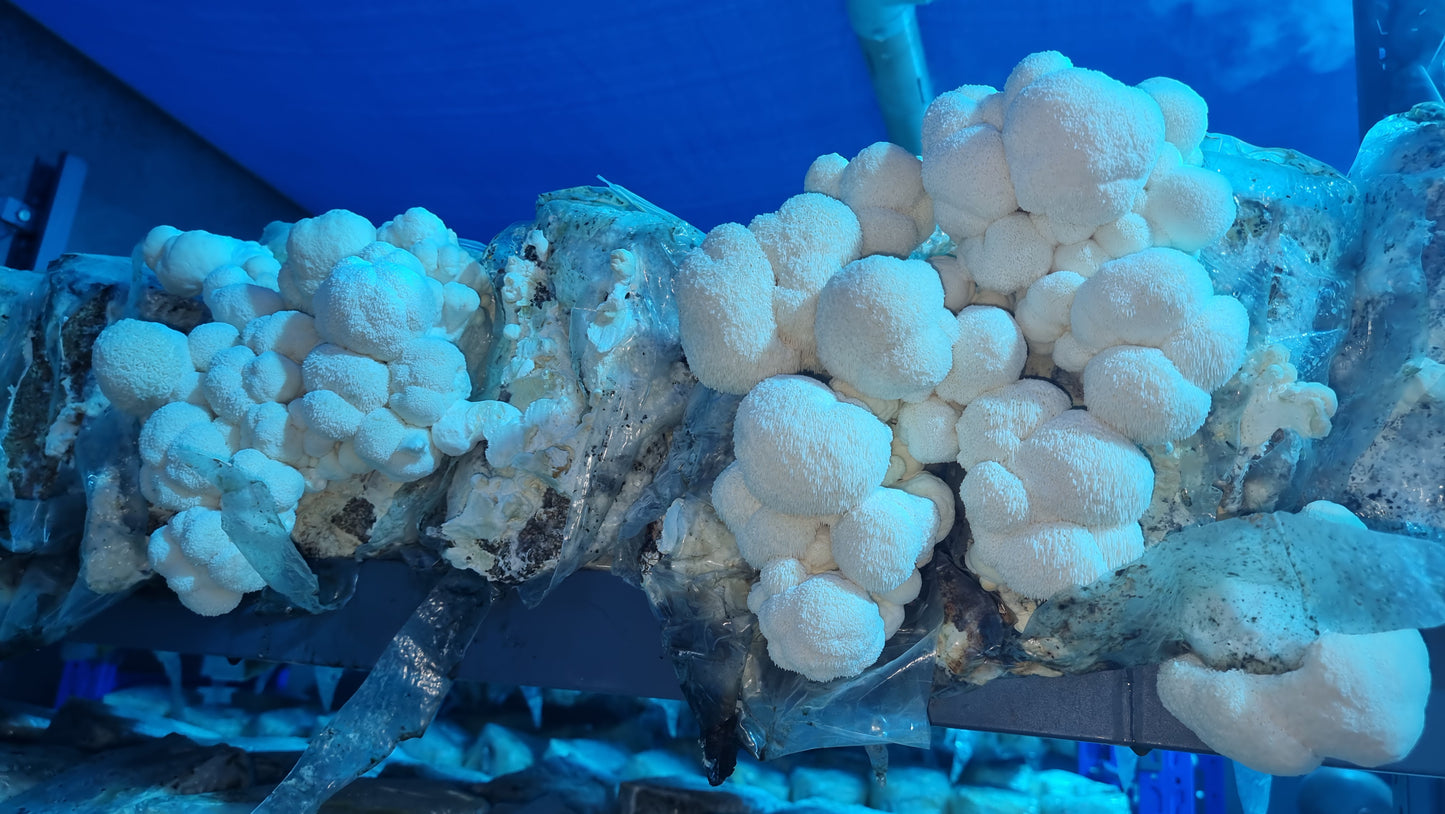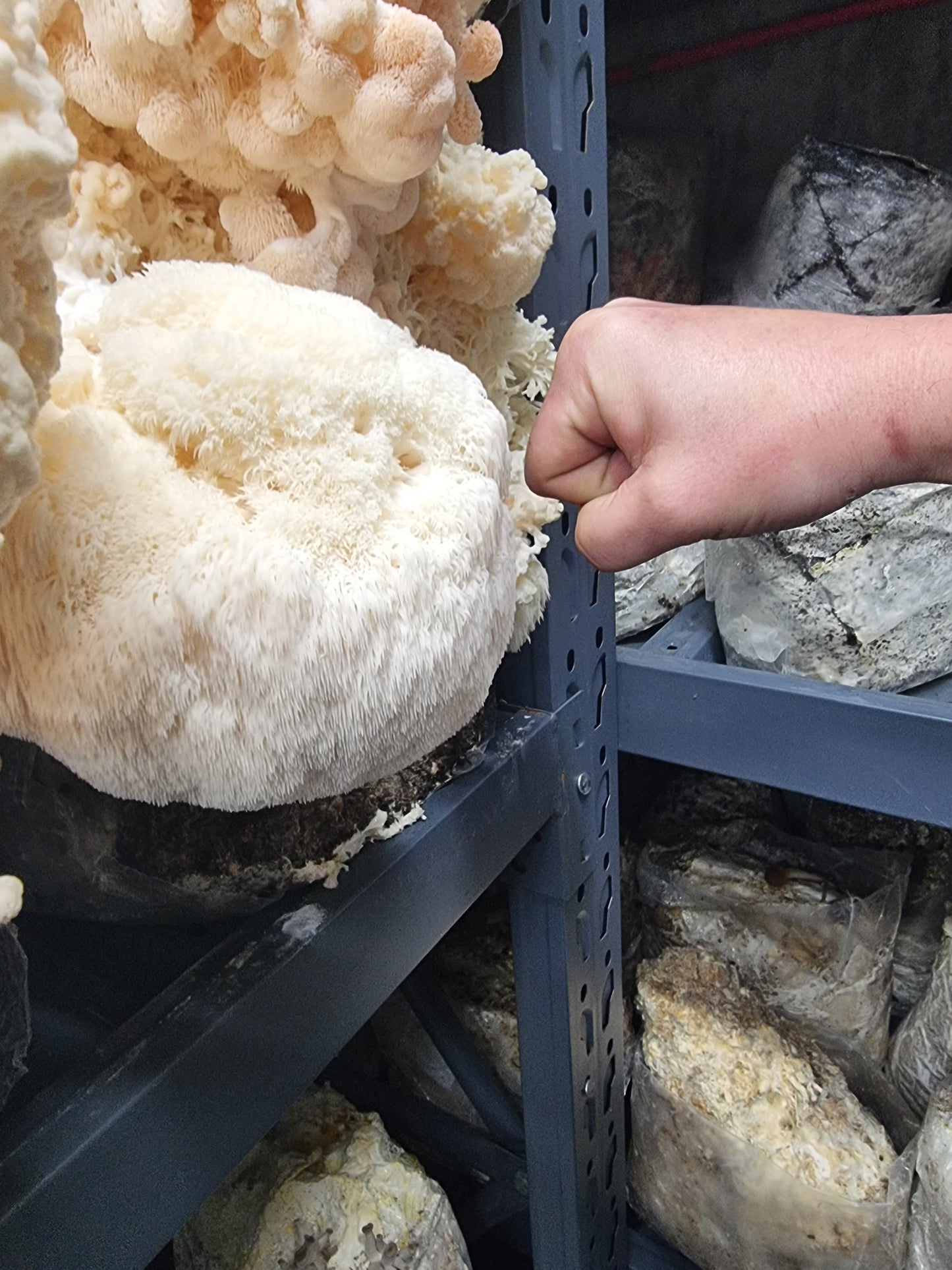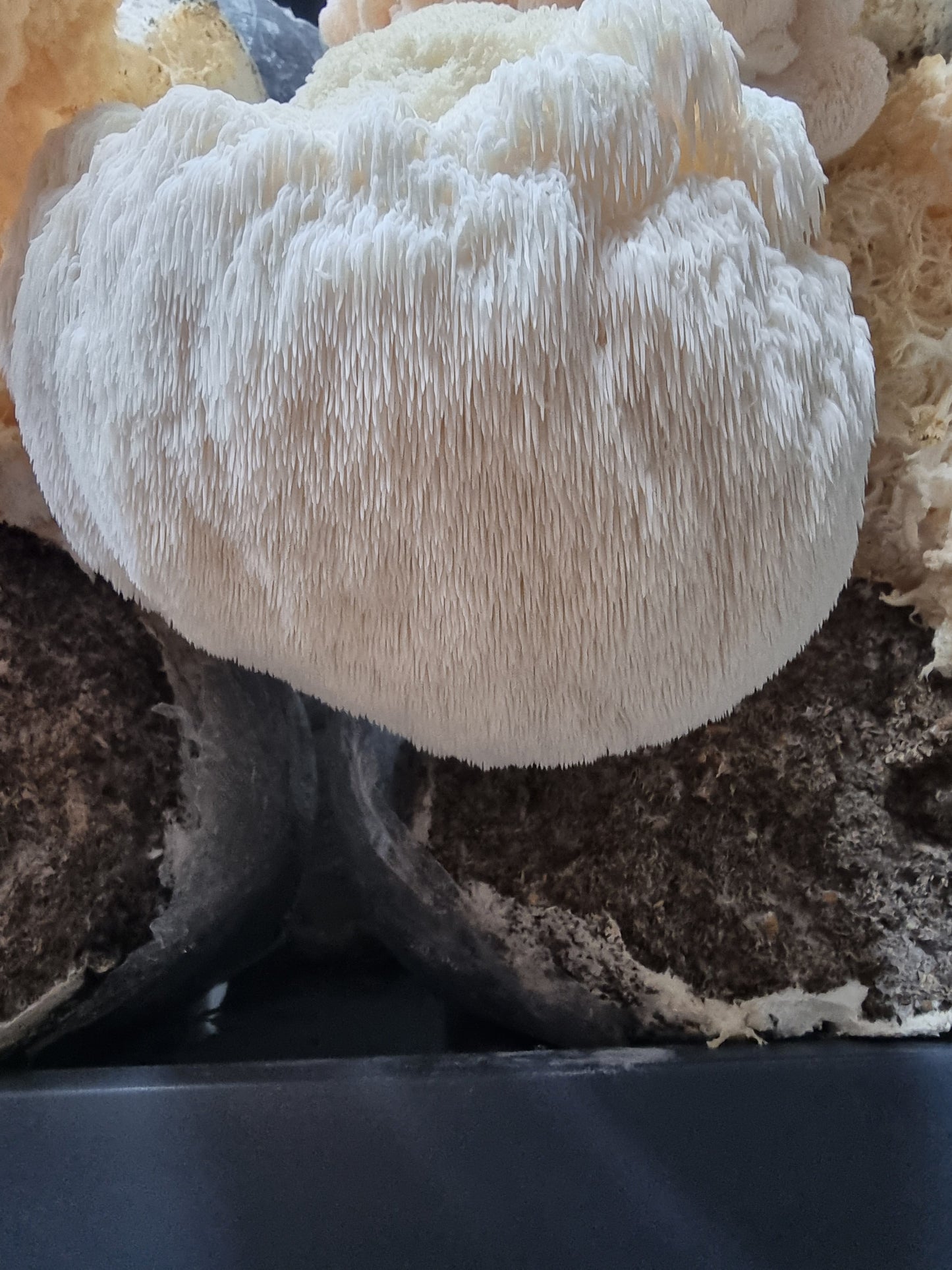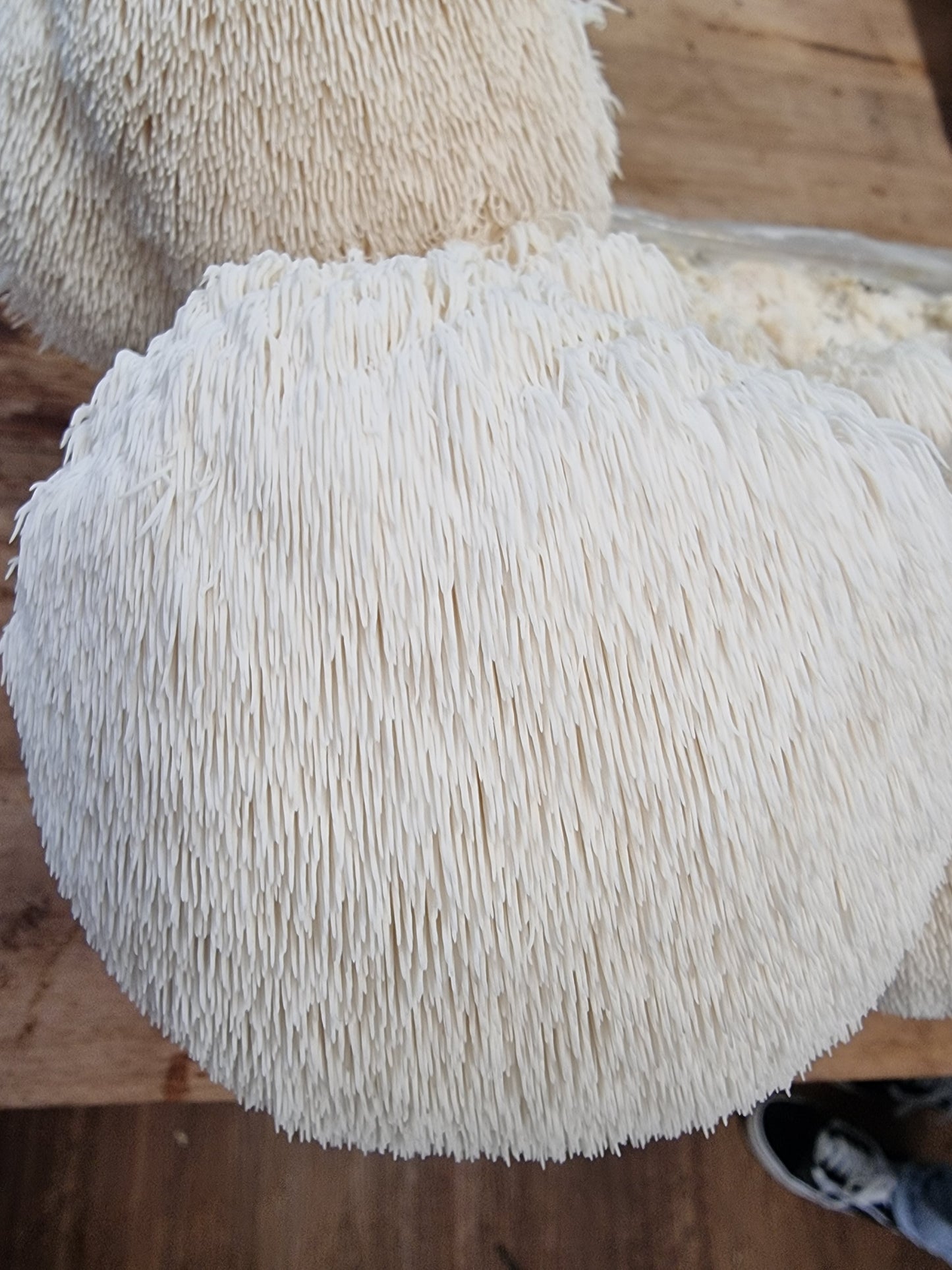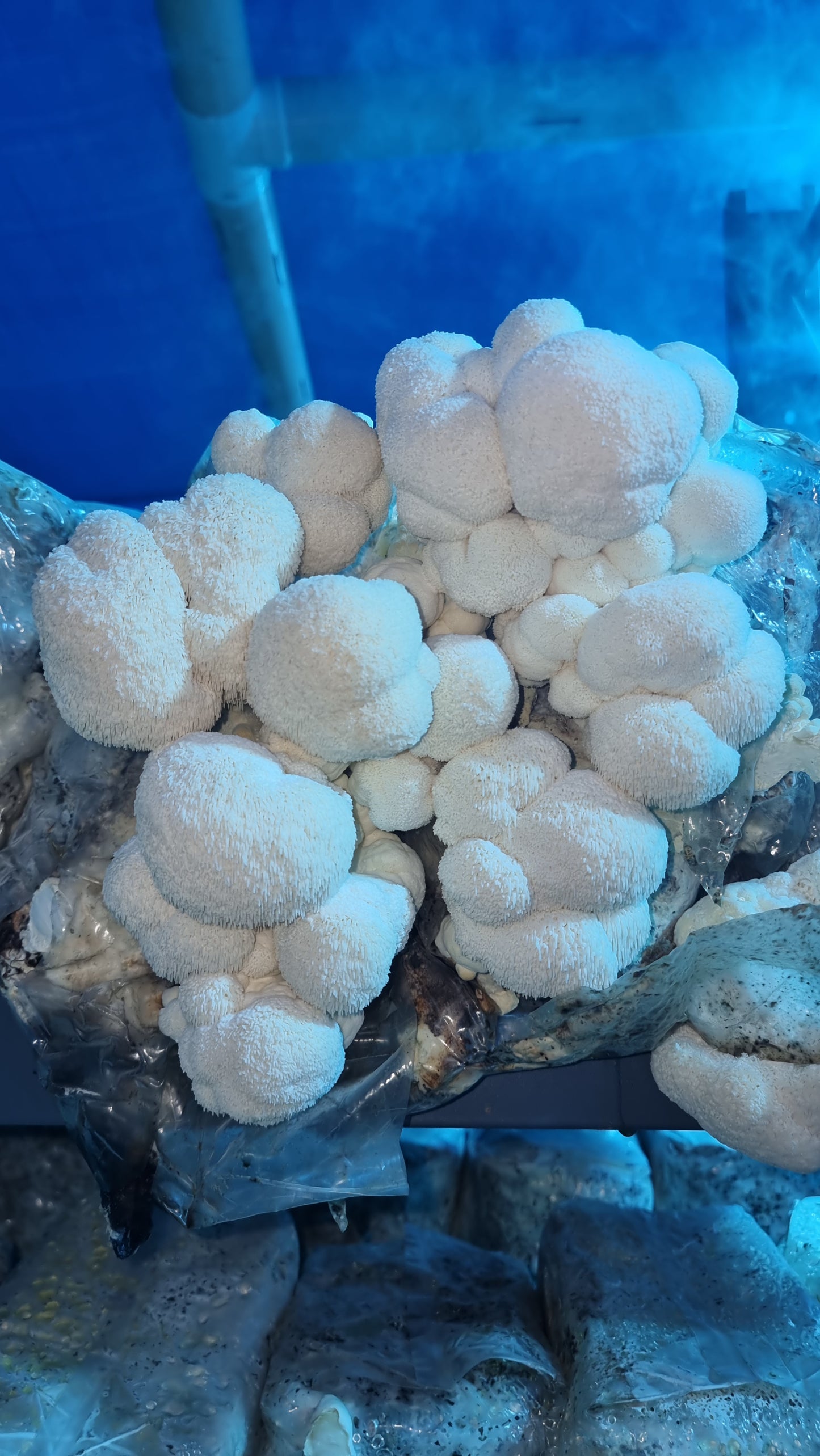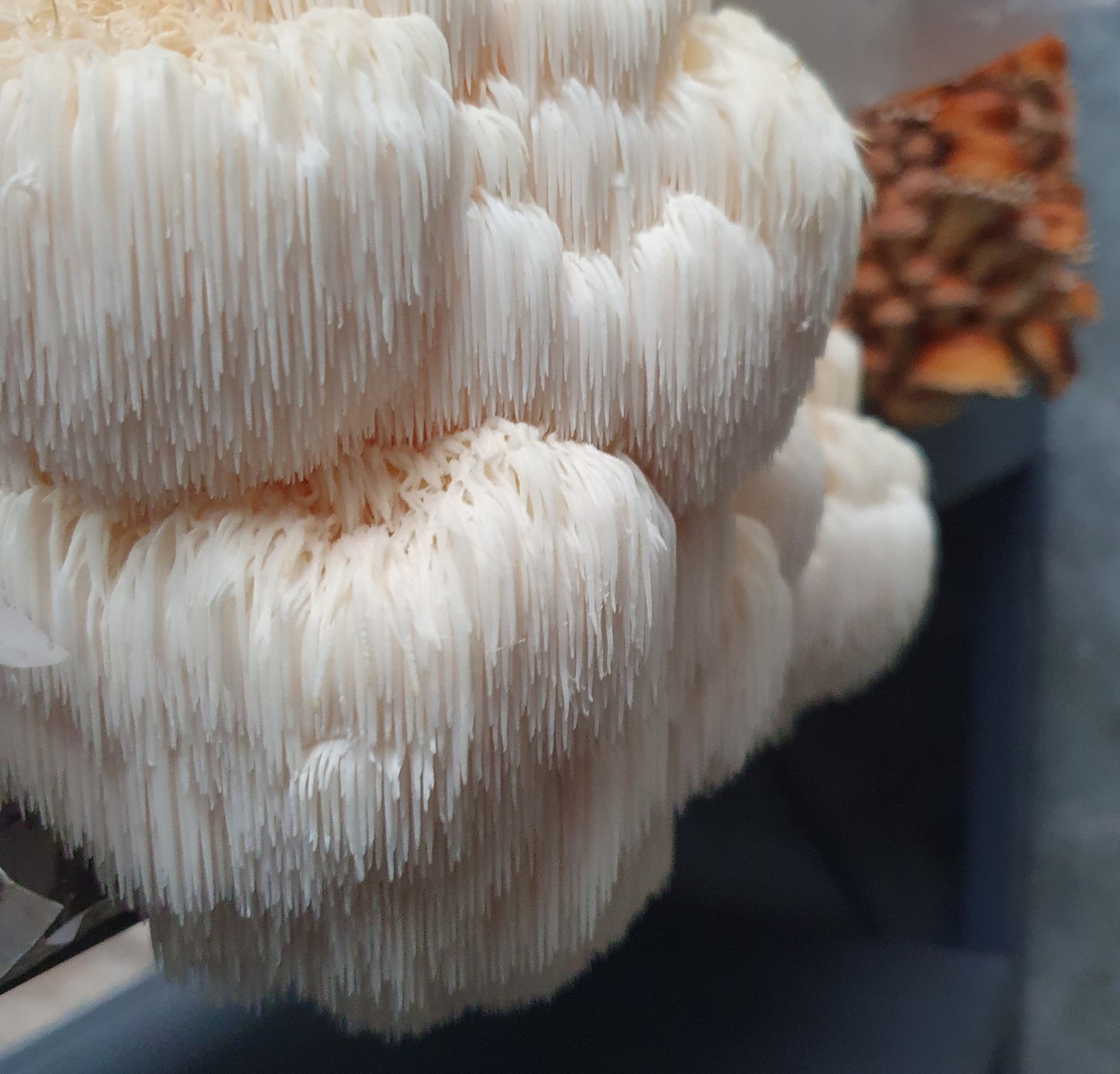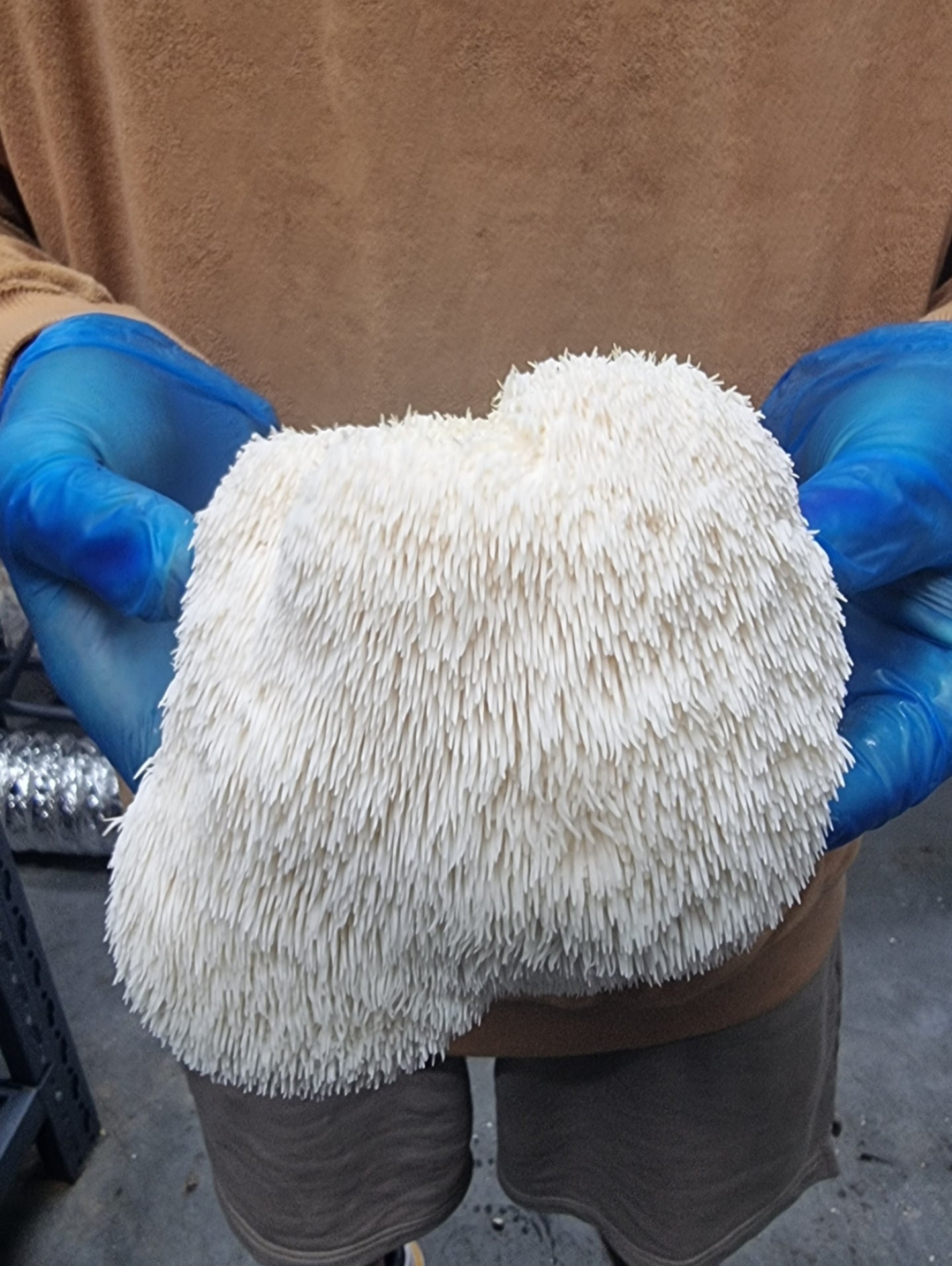Growing mushrooms can be highly rewarding, but it comes with its own set of challenges.
Pests and diseases can quickly devastate your crop, leading to substantial losses and frustration. These issues can escalate without proper protection, affecting your harvest's quality and quantity.
Fortunately, understanding how to prevent and manage these threats can safeguard your mushrooms and ensure a successful yield. This guide provides practical strategies for protecting your mushrooms from pests and diseases.
Common Pests and Signs of Infestation

Mushroom cultivation is vulnerable to common pests that can severely impact crop health and yields. Early identification and understanding of these pests are crucial to maintaining a thriving, growing environment.
- Fungus Gnats: Small, dark flies that thrive in moist environments. Their larvae feed on the mycelium, weakening plants and reducing yields. Signs include adult flies hovering around the substrate and larvae appearing as white, thread-like worms burrowing into the growing medium.
- Mushroom Flies (Phorid and Sciarid Flies): These flies lay eggs on the substrate, and their larvae consume the mycelium, causing significant crop loss. Signs include adult flies in the cultivation area and larvae creating tunnels and rotting patches on mushrooms.
- Spider Mites: Tiny pests that feed on the mycelium and fruiting bodies, causing discolouration and webbing. They are challenging to detect, making early monitoring crucial to prevent their spread.
- Springtails and millipedes: Found in damp environments, these pests disrupt the substrate and harm mushroom development. Signs of infestation include their movement in the substrate, which indicates a wet environment conducive to their activity.
Identifying Common Diseases

Identifying common diseases in mushrooms is essential for maintaining a healthy crop and ensuring optimal yields.
Due to their moist, nutrient-rich growing environment, mushrooms are particularly susceptible to various diseases. Early identification is key to managing these diseases effectively and preventing widespread damage.
Symptoms and Diagnosis
Preventing mushroom crop diseases starts with early detection. From cobweb-like growths to mushy brown rot and discolouration from mosaic virus, recognising these symptoms can save your harvest. Don’t let your crop fall victim—learn the signs, act fast, and keep your mushrooms thriving with proper sanitation and optimal growing conditions.
- Cobweb disease: Presents as grey, cobweb-like growth around the fruiting bodies and substrate.
- Brown rot: Appears as brown, water-soaked lesions on mushrooms, which quickly progress to mushy, decayed tissue.
- Mosaic virus: Causes a mosaic pattern of discolouration on mushroom caps, potentially affecting quality and yield.
- Diagnosis: This involves a thorough inspection of mushrooms and their growing environments for unusual growths, colour changes, and texture abnormalities.
- Verticillium disease: Manifests as yellowing and wilting of mushroom caps, often leading to malformed or stunted growth.
- Wet bubble disease: Characterized by soft, watery, blister-like growths on mushrooms, which eventually burst, leaving a slimy residue.
- Dry bubble disease: Causes thick, dry, deformed patches on mushroom caps and stems, leading to poor fruiting.
- Trichoderma (green mould): Starts with white, fluffy patches on the substrate that turn green as the mould matures, hindering mushroom development.
- Bacterial blotch: Shows up as yellowish-brown, greasy spots on the mushroom surface, often leading to sliminess and decay.
Types of Diseases

Mushroom diseases can significantly impact both the yield and quality of your crop. Here are some of the most common types:
1. Cobweb Disease
Cobweb disease appears to have acceptable grey web-like structures covering the mushrooms and substrate. This disease thrives in high humidity and poor ventilation and spreads rapidly if not addressed.
Cobweb mould can suffocate fruiting bodies and reduce air circulation, leading to stunted growth.
2. Brown Rot
Brown rot is characterised by brown, water-soaked lesions on the mushrooms, typically affecting the fruiting bodies. These lesions quickly cause the mushrooms to rot and degrade. This disease often results from overly wet conditions and poor substrate management.
3. Mosaic Virus
The mosaic virus causes mosaic-like discolouration patterns on the mushroom caps, reducing yield and poor quality. This virus can spread through contaminated tools, water, or substrates.
Mushrooms affected by this virus often have compromised textures and appearance, reducing market value.
4. Wet Bubble Disease
This disease results in soft, water-filled blisters or bubbles on the mushrooms, which may burst, leaving behind a slimy residue. Wet bubble disease typically spreads through contaminated compost or unsanitary conditions.
5. Dry Bubble Disease
Like wet bubble disease, dry bubble disease manifests as thick, dry, deformed patches on the caps and stems, leading to poor fruit development. Dry bubbles are commonly spread through airborne spores or contaminated tools.
6. Verticillium Disease
This disease causes mushroom caps to turn yellow and wilt, often resulting in malformed or stunted growth. Verticillium disease thrives in areas with poor ventilation and high humidity, weakening the mushroom crop over time.
7. Trichoderma (Green Mould)
Trichoderma, or green mould, starts as white patches on the substrate that turn green as the mould matures. It competes with mushrooms for nutrients and spreads rapidly, causing significant crop loss.
8. Bacterial Blotch
This bacterial infection appears as yellowish-brown, greasy spots on the surface of mushrooms. In humid environments, it often leads to slimy decay. It can spread quickly in poorly ventilated, high-humidity conditions, severely damaging the crop.
9. Dactylium (Cobweb Mould)
Cobweb mould spreads over the surface of mushrooms and substrates as fine, white to grey threads, often smothering fruiting bodies. This mould thrives in high humidity and poor air circulation.
Prevention Strategies

Preventing pests and diseases in mushroom cultivation requires a proactive approach.
- Crop Rotation: Regularly change the growing area or type of substrate to disrupt the life cycles of pests and pathogens, reducing the risk of diseases becoming established over time. This can help break the chain of contamination and limit disease recurrence.
- Proper Drainage: Ensure that your substrate and growing area have excellent drainage to avoid waterlogging, which can encourage the growth of mould, mildew, and bacteria. Mushrooms thrive in moist environments, but excess moisture can lead to the proliferation of harmful organisms.
- Sealing Entry Points: Seal all entry points to prevent pests from entering the growing environment. Use fine mesh screens over windows and vents, and inspect the area regularly for potential breaches where pests could infiltrate.
- Quarantine New Materials: Before introducing new substrates, spawns, or tools into your growing environment, quarantine them to monitor for any signs of contamination or pests. This step helps prevent the introduction of new threats to your crop.
- Air Filtration Systems: Install air filtration systems to reduce the number of airborne contaminants such as spores, dust, and pests. Clean air is essential for maintaining a disease-free environment in mushroom cultivation.
- Proper Handling and Hygiene: Train all staff or individuals handling the mushrooms to follow strict hygiene protocols. This includes wearing gloves, using sanitised tools, and avoiding direct contact with substrates or mushrooms.
- Regular Monitoring: Establish a routine monitoring system for pests and diseases. Use sticky traps, inspect growing areas daily, and keep detailed records of any pest activity or environmental changes. Early detection allows for quicker and more effective treatment.
- Biological Controls: In addition to nematodes, other biological controls, like predatory mites, can be used to manage pest populations naturally without the need for chemical interventions. These beneficial organisms help keep pests in check, supporting the overall health of the crop.
- Controlling Light Exposure: Minimize unnecessary light exposure during the spawn run and pinning phases, as this can promote mould growth and other contaminants. Only use lighting when necessary to control mushroom growth stages.
- Use of Mulching Materials: Apply a layer of organic mulch on top of the substrate to help retain moisture and regulate humidity while acting as a barrier against airborne contaminants and pests. Mulching can also promote beneficial microbial activity that supports healthy mushroom growth.
- Regular Airflow Monitoring: Install real-time sensors to monitor airflow and humidity levels. By monitoring these environmental factors closely, you can quickly adjust conditions if they become too favourable for mould growth or pest infestations.
- Isolation of Infected Areas: If any part of your crop shows signs of infection or contamination, immediately isolate the affected area to prevent the spread of pests or diseases. Remove and destroy infected materials and disinfect surrounding areas to minimise the risk of further contamination.
Effective Treatment Methods

Implementing effective treatment methods is crucial for controlling pests and diseases in mushroom cultivation. A combination of strategies can be employed to manage these issues effectively, ensuring a healthy and productive crop. These methods include natural remedies, chemical treatments, and Integrated Pest Management (IPM) practices.
1. Natural Remedies
Natural remedies offer environmentally friendly options for managing pests and diseases in mushroom cultivation. Essential oils, such as neem or peppermint, can be used as natural insect repellents. They can be diluted with water and sprayed directly onto the substrate or surrounding area to deter pests like fungus gnats and spider mites.
Another effective natural remedy is biological control, such as introducing beneficial organisms like predatory mites or nematodes that feed on harmful insects. These biological agents help maintain a balanced ecosystem, reducing the need for chemical interventions.
Proper hygiene and sanitation practices are also essential. Regularly cleaning equipment and growing areas can prevent the spread of pathogens and reduce the likelihood of infestations.
2. Chemical Treatments
Chemical treatments can be used when natural remedies cannot control severe infestations or diseases. Insecticides and fungicides are standard chemical options for managing pests and diseases in mushroom cultivation. It is essential to choose products specifically labelled for use in mushroom farms to ensure safety and efficacy.
When using chemical treatments, following manufacturer instructions carefully, including application rates and safety precautions, is crucial. Overusing or improperly applying chemicals can lead to pest resistance and crop contamination.
To minimise chemical use, target treatments during critical pest or disease development stages, such as when low populations or symptoms first appear.
3. Integrated Pest Management (IPM)
Integrated Pest Management (IPM) combines multiple strategies to manage pests and diseases effectively. IPM focuses on prevention, monitoring, and targeted intervention to minimise the impact of pests and diseases on mushroom crops.
Key components of IPM include regular monitoring and scouting for early detection of pests and diseases. This allows for timely interventions and reduces the need for chemical treatments. IPM also emphasises using cultural practices, such as maintaining optimal environmental conditions to discourage pest and disease development.
Biological controls are another critical aspect of IPM, where beneficial organisms are introduced to regulate pest populations naturally.
Tips for Long-Term Protection
Safeguard your mushroom crops with a proactive approach. Regular inspections, crop rotation, proper sanitation, and disease-resistant strains are key to long-term protection. Here's how to keep your harvest healthy and thriving.
- Consistent monitoring: Regularly inspect crops to identify early signs of pest activity or disease, allowing timely interventions.
- Routine inspection schedule: Implement a consistent inspection schedule to prevent minor issues from escalating into significant problems.
- Crop rotation: Regularly change the location or type of substrate used to disrupt pest and pathogen life cycles and minimise disease build-up.
- Sanitation: Thoroughly clean and disinfect growing areas, tools, and equipment to prevent contamination and reduce the risk of pests and diseases.
- Disease-resistant strains: Mushroom strains bred for resistance to common pathogens, reducing infection risk and improving crop resilience.
- Optimal growing conditions: Maintain proper humidity, temperature, and ventilation levels to ensure a stable environment that discourages pest and disease development.
Conclusion
Safeguarding your mushroom crops from pests and diseases is essential for maximizing yield and quality. Implement the outlined strategies to protect your investment and ensure a thriving harvest. Act now by integrating these methods into your cultivation practices, regularly monitoring for signs of trouble, and staying proactive to maintain healthy and productive mushroom crops.
